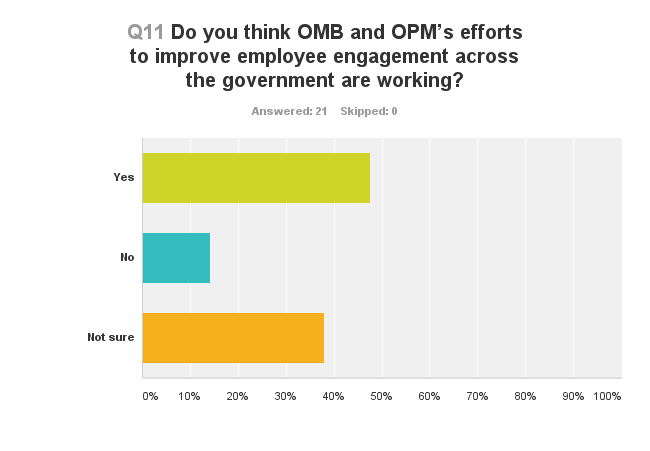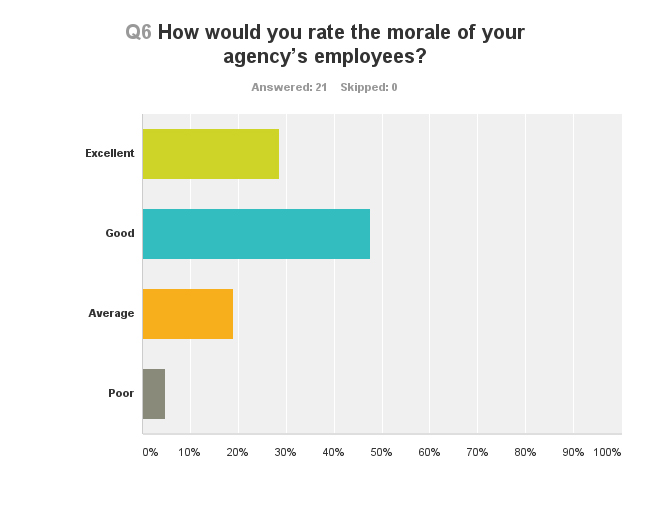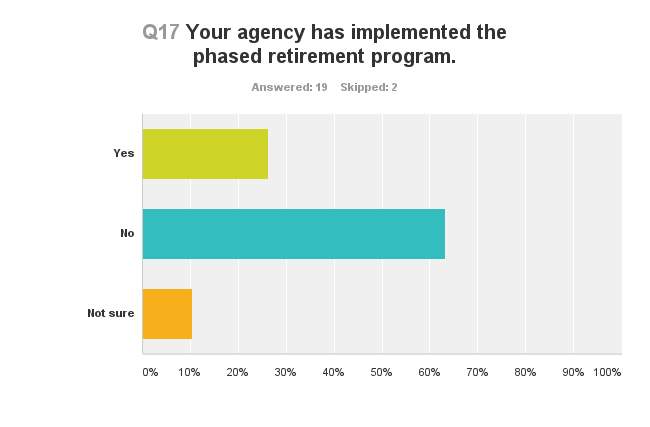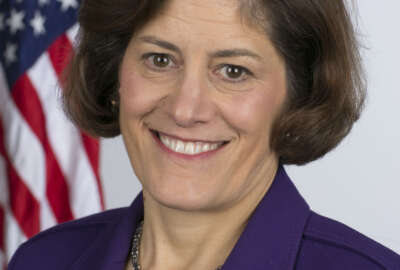Exclusive
Six years after Obama memo, CHCOs say hiring process still problematic
In Federal News Radio’s exclusive fifth annual survey of federal CHCOs and deputy CHCOs, respondents rated improving the hiring process as their top priority for...
The federal hiring process remains the albatross around agencies’ neck to bringing in qualified candidates. Despite the fact it’s been almost six years since President Barack Obama’s memo to improve the federal recruitment and hiring process, federal chief human capital officers say this issue remains their top priority.
In Federal News Radio’s exclusive fifth annual survey of federal CHCOs and deputy CHCOs, respondents rated improving the hiring process as their top priority for 2016, just a bit ahead of enhancing employee engagement and the training and development of the workforce.
“[We] need to continue the push by the Office of Personnel Management to educate managers of their role in the hiring process. Kudos to the Hire Excellence Campaign!!” wrote one respondent.
On the opposite side of the rankings, CHCOs said they are not prioritizing buyouts or early retirements — a good sign for employees — nor are they focused on implementing phased retirement.
The fact that phased retirement isn’t a high priority for CHCOs came out in other parts of the survey as well.
Federal News Radio surveyed 64 CHCOs, deputy CHCOs and other senior human resources managers and received a response rate of 33 percent. Over a three-week period, we asked CHCOs, deputies and others for their opinion across a host of priorities and challenges.
In last year’s survey, we included chief learning officers and focused on training and education opportunities.
This year, we focused back only on CHCOs and deputies, and compared to the answers from 2014, priorities seem to have shifted. Two years ago, CHCOs and deputies said improving morale and succession planning were their top focus areas.
“I would differentiate between internal and external priorities, which isn’t possible to do above. In the current environment, OPM and the Office of Management and Budget are pushing so many things through agencies that external priorities are overtaking internal priorities, which is making it very difficult for us to focus on what is uniquely important to our agency’s mission and workforce,” said one respondent about ranking priorities for 2016. “It is also hampering our HR staff’s ability to focus on internal priorities because we are stretched so thin in responding to external data calls and participating on governmentwide teams.”
The prioritization of improving the hiring process comes as the White House is proposing to bring in more federal employees.
In the fiscal 2017 budget request sent to Congress in February, President Barack Obama predicted the federal workforce would increase by 1.5 percent, or about 35,000 employees.
The expected growth of the federal workforce corresponds to the survey results when asked what are CHCOs’ biggest HR area of need.
CHCOs and deputy CHCOs ranked the need to hire qualified candidates for their agency’s mission areas as their top choice, while improved HR technology systems and more budget to hire people to do human resources work as the next two biggest areas of need.
At the same time, training the current workforce, ensuring they are engaged and taking steps to retain them also placed high on CHCOs’ to-do list.
Just fewer than 50 percent of all respondents say OPM and OMB’s focus on employee engagement is working, while 38 percent said the jury is still out.

“I think the focus on engagement is positive. I also think that there is a danger on trying to tackle so much in engagement that we might risk focusing on nothing,” wrote one respondent.
Another respondent said, “I don’t think it is up to OPM and OMB to dictate employee engagement activities to agencies. It is up to the agency heads to promote employee engagement.”
While another said employee engagement is “over-emphasized” and agencies are struggling to take “meaningful action” to improve engagement because the data changes annually under the Federal Employee Viewpoint Survey.
No matter what respondents thought about employee engagement, 75 percent rated morale at their agency excellent or good, and 57 percent said morale has gotten better at their agency over the last year.

Several respondents said increased employee engagement or communication contributed to better morale.
“Three things come to mind: Leadership has intensified efforts to use FEVS results to respond to employee interests and inform ongoing employee engagement strategies. Agency leadership has introduced a clear strategic vision for the future and obtained extensive employee buy in; and negative rhetoric about federal employees has subsided somewhat lately along with government-wide workforce policies considered to be detrimental to federal workers.”
CHCOs and deputies also recognized the need to retain the employees they have. Respondents rated offering telework or alternative work schedules as their agency’s most used tool to hold onto employees.
At the same time, one of the biggest surprises is the lack of excitement about phased retirement as a potential tool to retain workers.

A majority of the respondents said their agency hasn’t implemented phased retirement, and 23 percent said their agency doesn’t plan to in at least the next year.
One respondent said phased retirement is “not useful, [and] not a good economic deal for [the] retiree, [and] not particularly useful for [the] agency. Reemployed annuitant is a better deal.”
Another respondent said phased retirement is “not seen as a favorable alternative. I have used re-employed annuitant agreements, which seem to work much better.”
Meanwhile, several agencies said their respective phased retirement implementation plan is under internal review.
About 30 percent of all CHCOs and deputy CHCOs said their agency will implement phased retirement over the next 6-to-12 months, while 15 percent said their agency will implement the program in the next 3-to-6 months.
Of those CHCOs and deputy CHCOs whose agency has implemented phase retirement, 80 percent rated the program as average and 20 percent rated it as poor.
Despite the challenges and opportunities, CHCOs and deputy CHCOs seemed optimistic overall about the state of human resources in government.
One respondent wrote, “We have a lot of challenges. But, as a community we are working to address our challenges and making progress.”
Another said, “Current efforts are trending in the right direction, but much more is needed.”
A third respondent said there are a lot of great people working in a “very antiquated and broken personnel system.” The executive also said OPM is part of the problem with federal HR.
“They are status quo, compliance is their only ‘vision,’ and [are] too bogged down now with HR IT problems and security breaches of PII. We must require HR professionals to have college degrees and HR certification as a MINIMUM qualification. Agencies continue to dump problem employees, etc. into HR and then wonder why customer service is so bad, morale, etc. Professionalize HR department, and all of OPM, and you will see the biggest improvement in the federal government. Proposal: leave OPM to do benefits, retirement, and background investigations (none of which they do well) but create a new entity to really address Talent Management across the government — this center should run the SES reforms, new Performance Management programs, employee engagement programs, HR analytics, etc.”
Copyright © 2025 Federal News Network. All rights reserved. This website is not intended for users located within the European Economic Area.
Jason Miller is executive editor of Federal News Network and directs news coverage on the people, policy and programs of the federal government.
Follow @jmillerWFED





